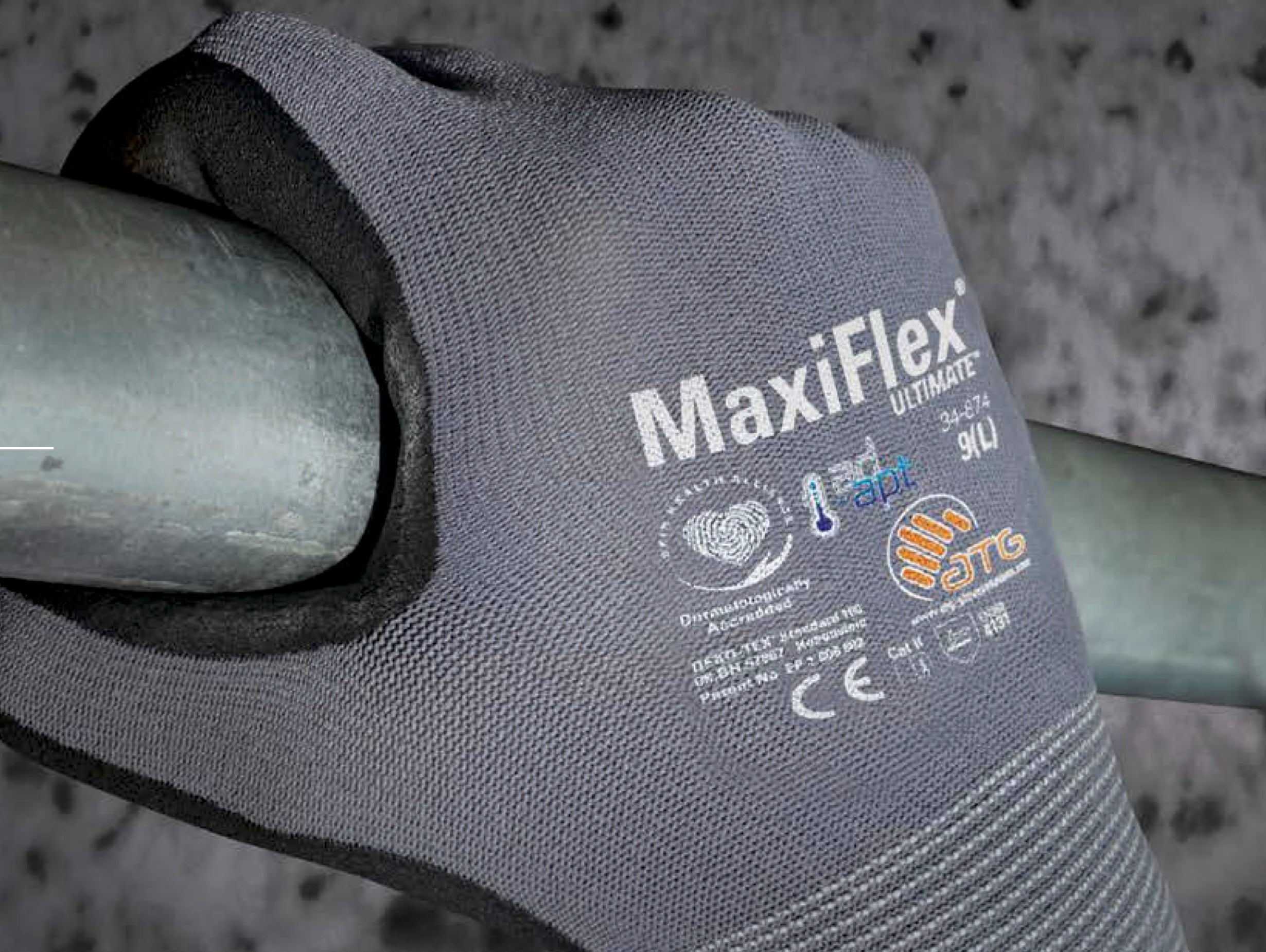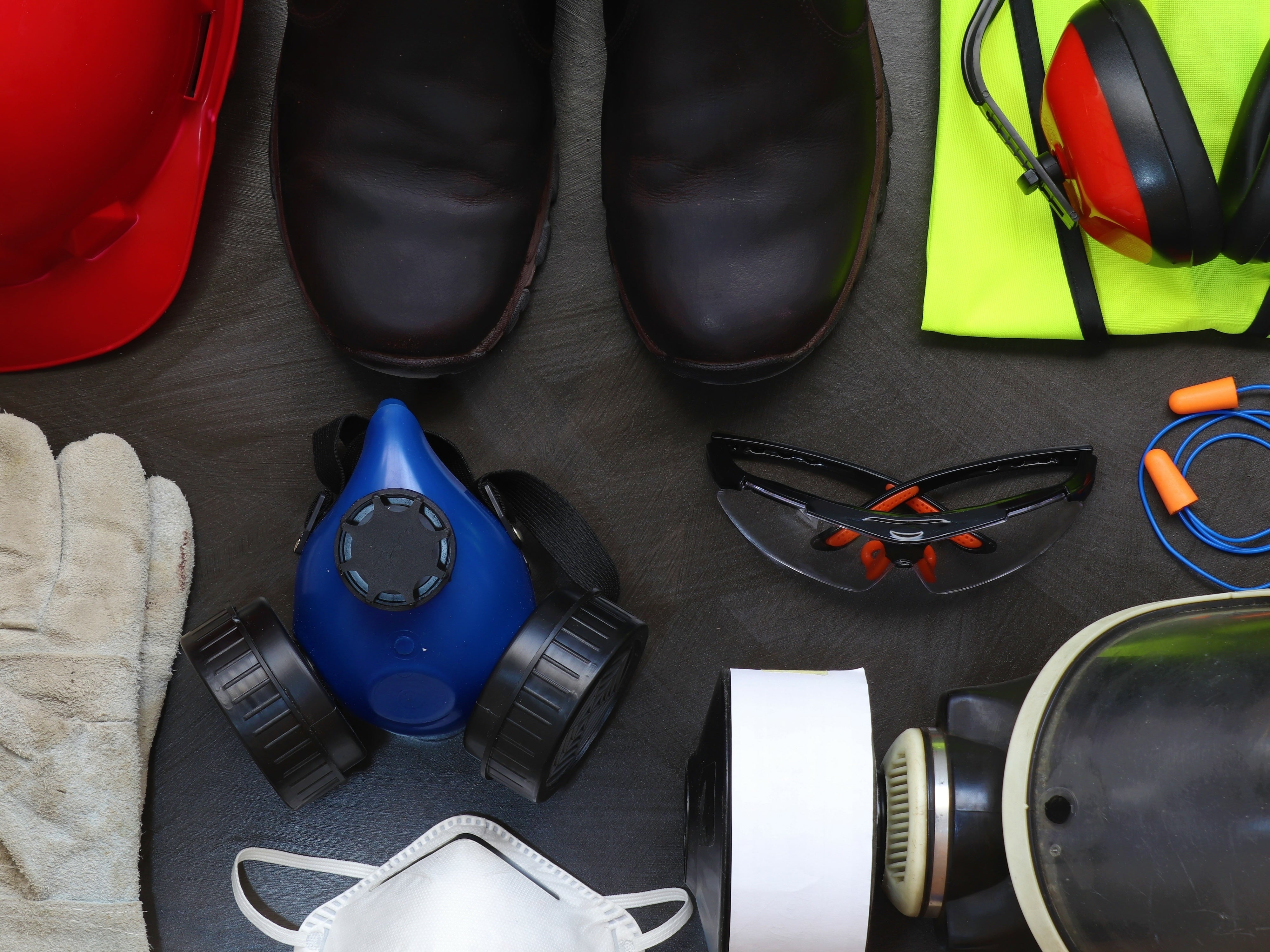
Passive Hearing Protection
59 products
Showing 1 - 48 of 59 products
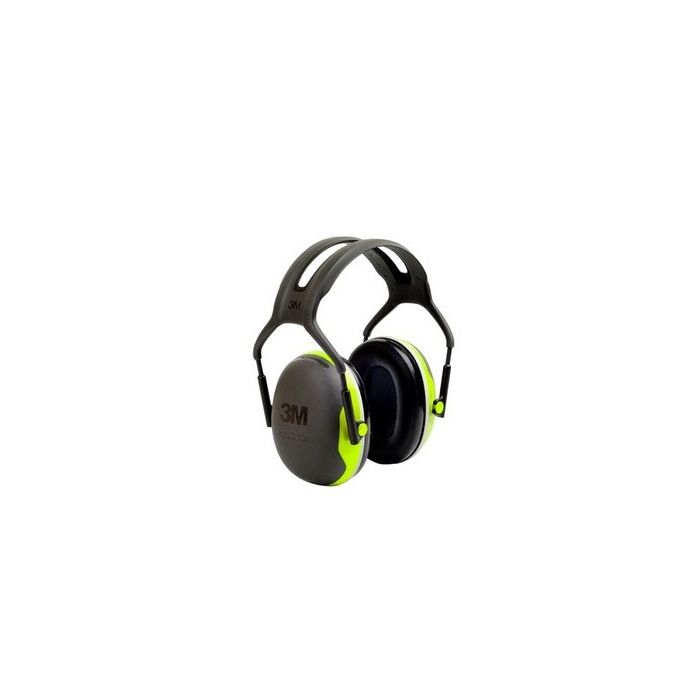
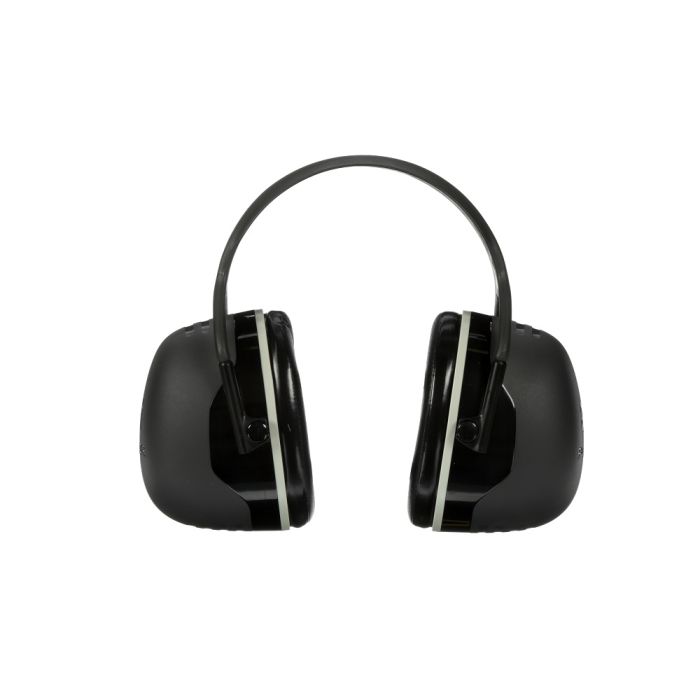
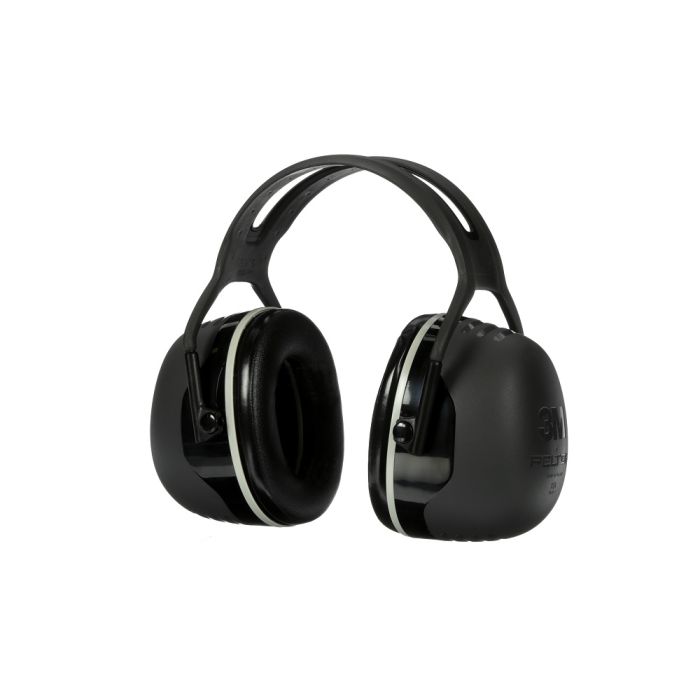









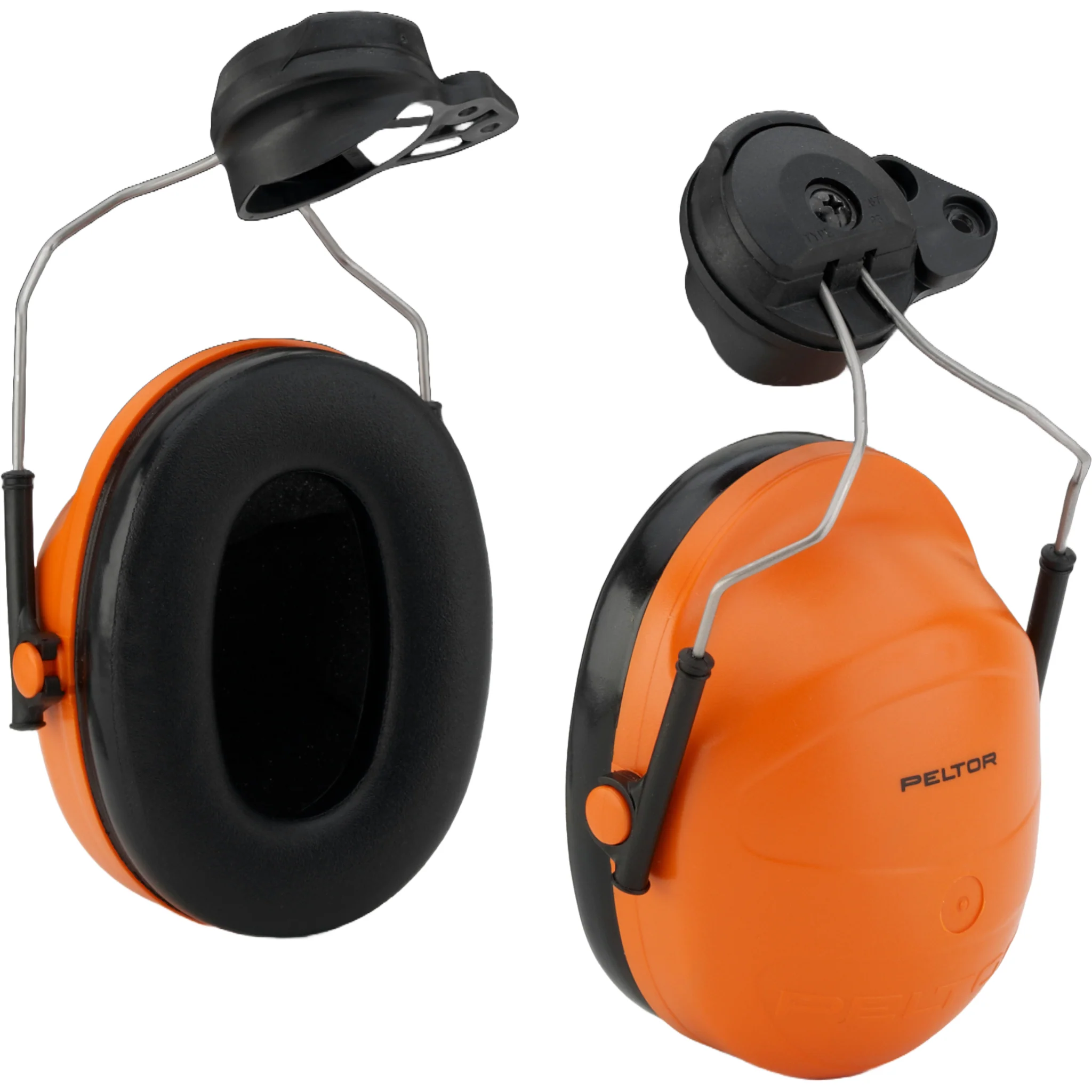



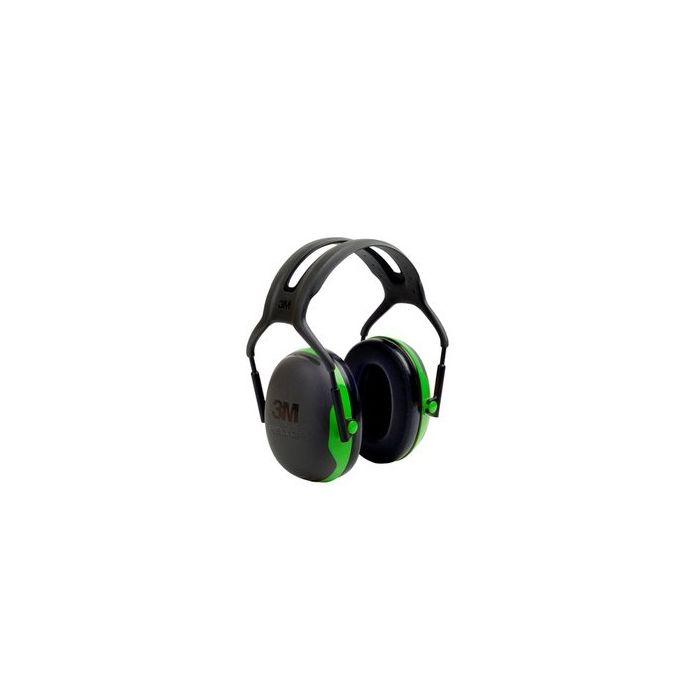


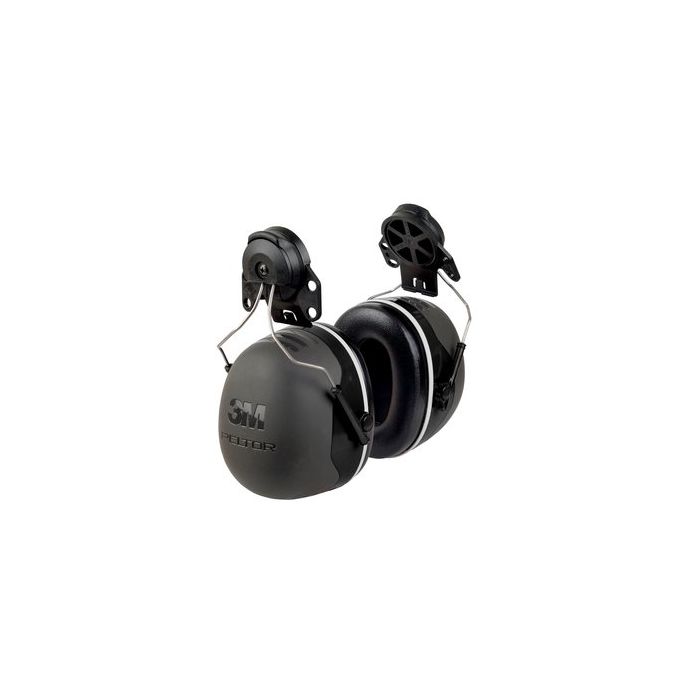
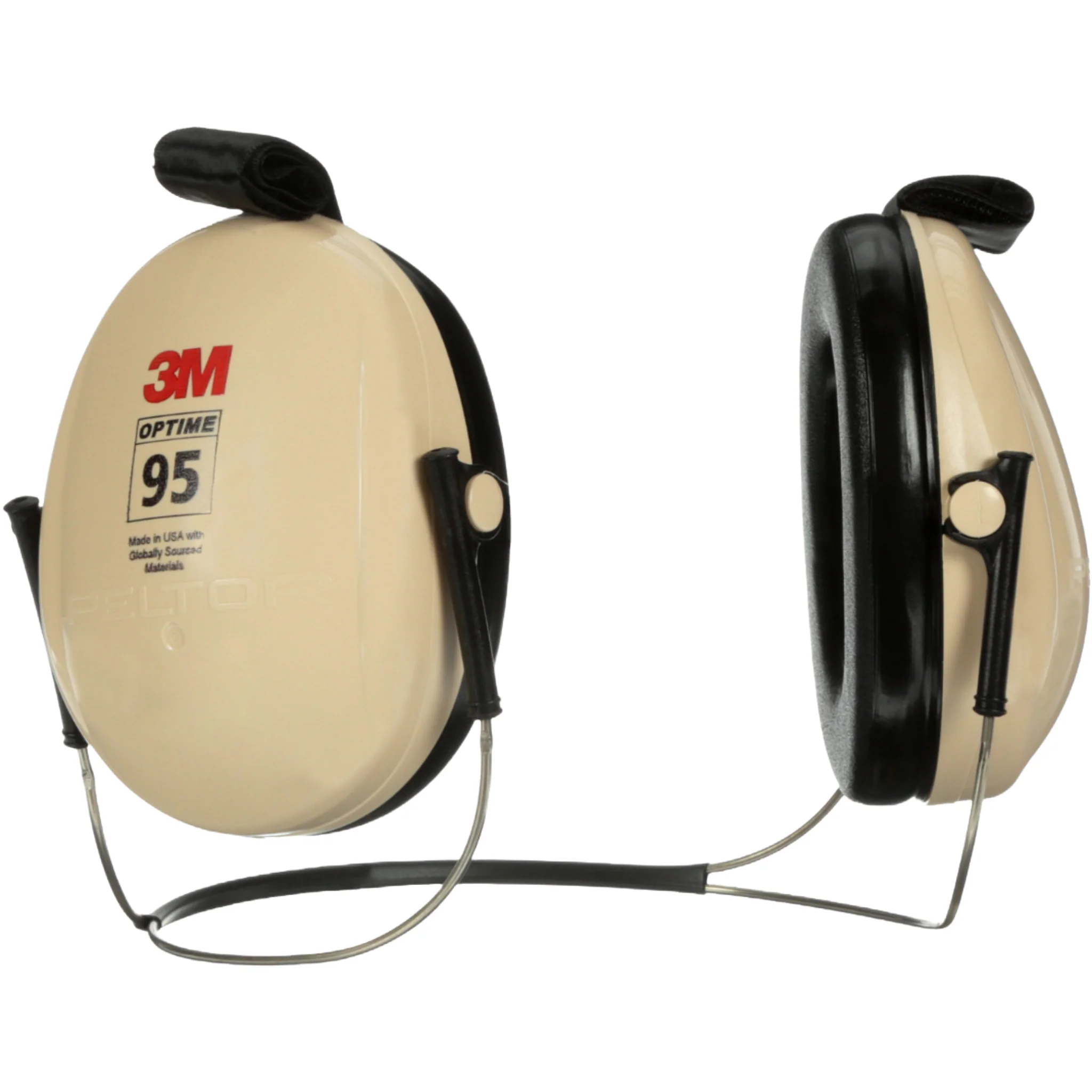
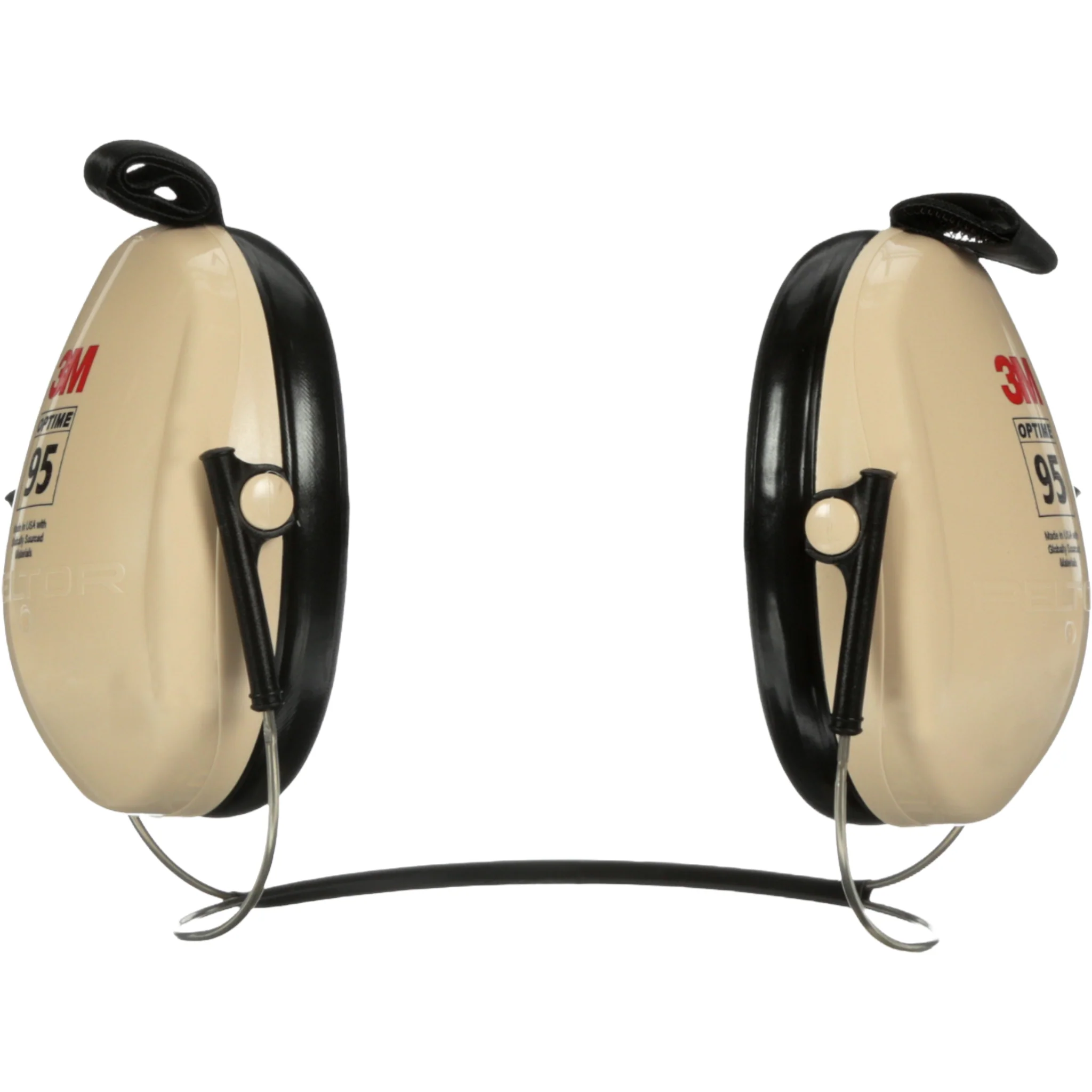






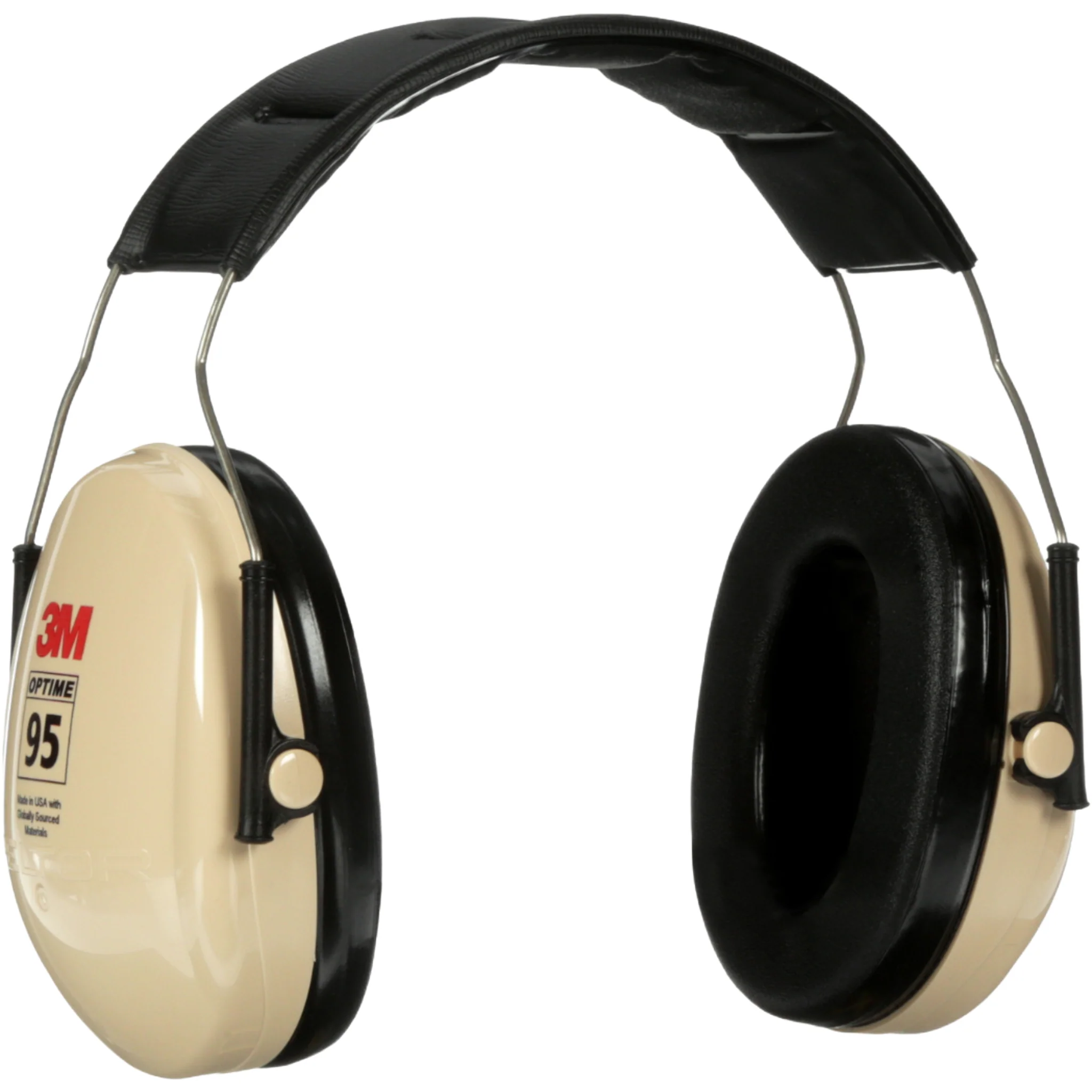
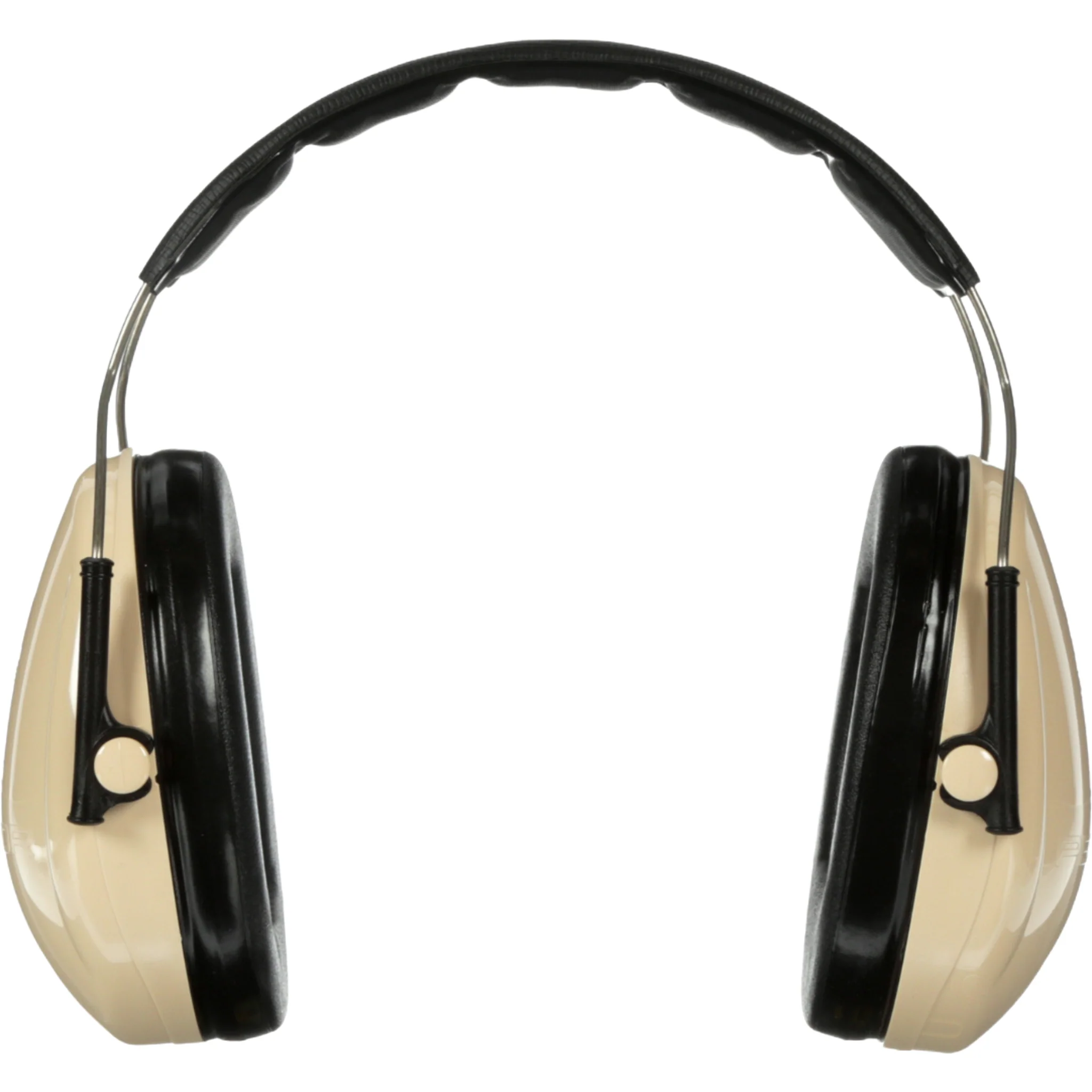


















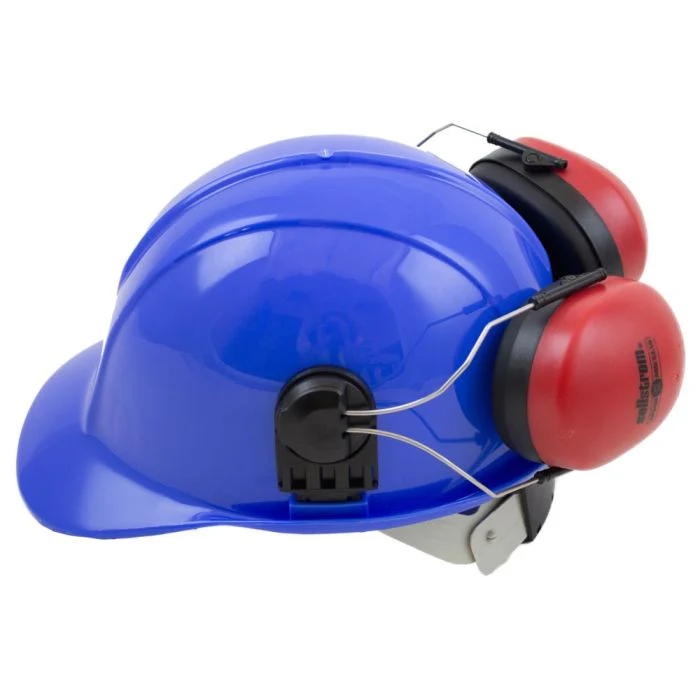
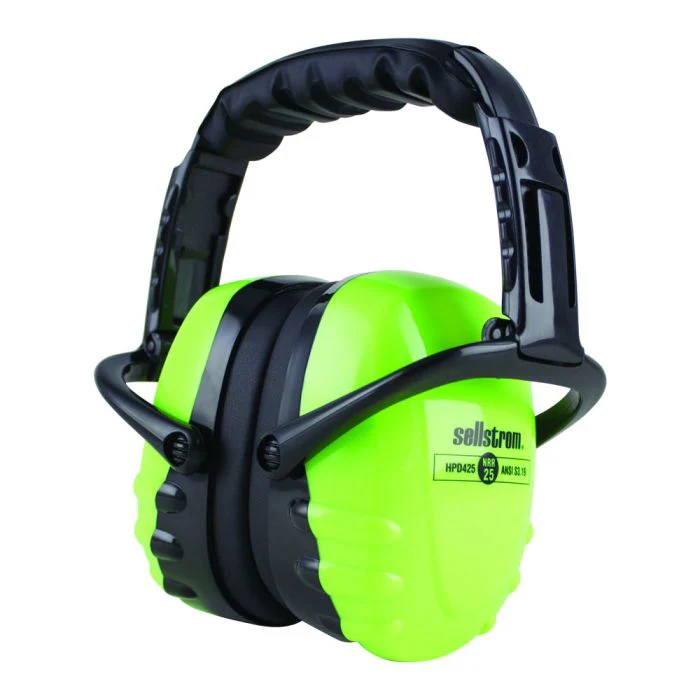
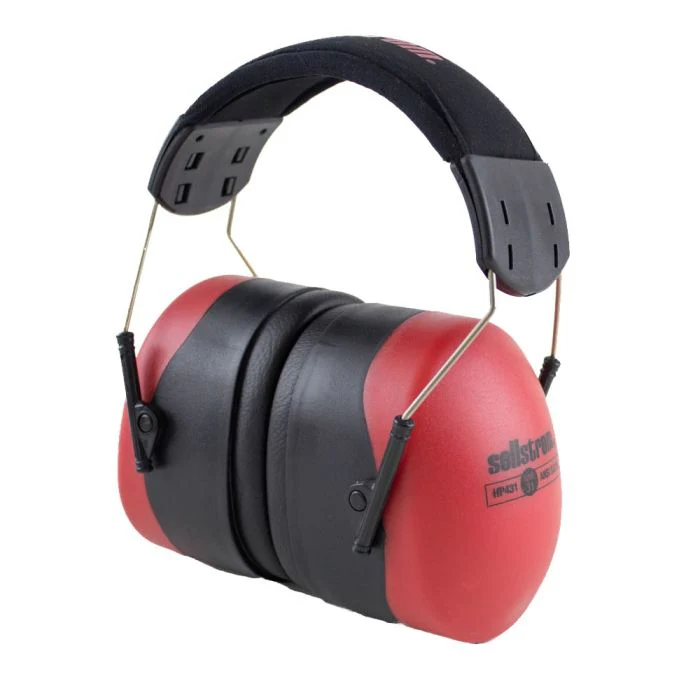




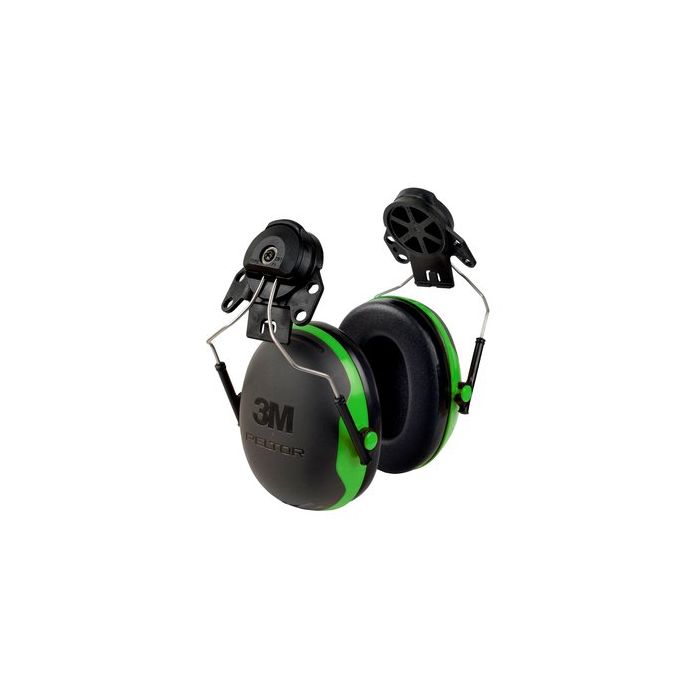






When it comes to passive hearing protection, earmuffs are typically the most comfortable option. Numerous models and styles are available from 3M PELTOR hearing protection, Honeywell, Howard Leight Bilsom MSA, and Walkers. At Enviro Safety Products, we offer traditional headband styles, neckband and hard hat mounted. These products are great for situations where people move in and out of noise often during the work day. We also stock a full line of PELTOR electronic hearing
Enviro Safety Products offer a range of earmuffs and earplugs to help ensure your hearing is protected while you work. Passive hearing protection works for all applications from low to extreme high noise level environments. 24% of hearing loss in the U.S. has been attributed to workplace exposure, all of which could have been preventable with the proper hearing protection. The CDC estimates that 22 million workers are exposed to potentially ear damaging noise while on the job every year. Passive hearing protection comes in three styles, as well as various NRR ratings. Noise-Induced Hearing Loss (NIHL) is the most common permanent but preventable occupational injury. Potentially harmful levels of industrial noise can arise for many different reasons in various working environments - from indoors in a factory to outdoors working with machinery, from the tools being operated to the processes taking place.
Noise Reduction Rating (NRR)
OSHA requires employers to implement a hearing conservation program when noise exposure is at or above 85 decibels averaged over 8 working hours, or an 8-hour time-weighted average (TWA). The Noise Reduction Rating is measurement of how well protective hearing equipment protects your hearing. NRR is measured in decibels and the greater the number, the more noise reduction. NRR has a numbers value system that range from 0 to 30. The higher the number the greater the amount of noise reduction your earmuff or overall hearing protection gives. Job related hearing loss is preventable, regardless of your application, from demolition to airports, hearing loss can be prevented with the proper hearing protection. 1910.95 - Occupational noise exposure. OSHA basis is standard for occupational noise exposure 29 CFR 1910.95 with NRR.
Hearing Health
Medical professionals explain, that when your hearing is exposed to loud noises, the noise kills the nerve endings in our inner ear. The more that you are exposed will lead to more dead nerve endings in the ear. As the nerve endings die this will result is permanent hearing loss. When you lose your hearing, you lose your ability to communicate with the people you care about.
Choosing the Right Passive Hearing Ear Muffs
When choosing the right ear muff you want to think about a few things. All passive and electronic hearing are designed to protect you from hearing loss. Some things to think about are brands, style of earmuff as well as color specifically if you need a high visibility earmuff. Some of the leading brands in hearing protection are, 3M PELTOR, MSA and Honeywell Bilsom Their protective headsets come in a variety of styles and protection levels. After determining your work area’s dB level (as explained above), so you meet OSHA regulations, it is time to decide which style is right for you.
Headband Style
Headband style also referred to as over the head hearing protection, is the most common design of any hearing protection. This style sets over the top of the user's head, and the ear muffs go over the ears. When not in use, they can be worn around the neck, so they can easily be put on when needed. One of the top selling styles of over the head ear muffs is the PELTOR Optime. Over the head is also the most common used earmuff, when a person needs shooting hearing protection.
Hard Hat Mounted Style
Hard Hat mounted style also referred to as cap mounted, is designed to mount directly to the sides of a hard hat that have side-accessory slots. These are specifically designed for use with hard hats. 3M PELTOR, MSA as well as DEWALT all make hearing protection that connects to a hard hat. Easy to attach to a hard hat, these are great for people working at heights as they are directly connected to a hard hat.
Neckband Style
Neckband style also referred to as backband or behind the neck hearing protection, is similar to the over the head style, except the support comes from around the neck. This style can also also be worn with a hard hat. These offer the end user both the versatileness of being able to be used with and without a hard hat, and also offers for some people a more comfortable earmuff for those that find discomfort in wearing an over the head ear muff.
3M PELTOR
PELTOR prides themselves in being the leader in both passive and electronic hearing protection. PELTOR designs for safety while not sacrificing comfort, and usability. PELTOR passive hearing protection is led with their Optime line. PELTOR offers all three models of passive ear muffs including over the head, cap mounted and behind the neck. PELTOR passive hearing is great for people in noisy environments such as tarmacs, and construction. Ear plugs and safety glasses PELTOR also has a full line of hunting and shooting passive ear muffs.
Honeywell
Honeywell has been a leader in passive hearing with their brands Bilsom & Howard Leight. Honeywell noise-canceling muffs offer the user an efficient and comfortable way to keep their hearing safe on the job. Honeywell offers a massive line of earmuffs is designed based on innovative technology, to fit a wide range of head sizes comfortably, so your hearing is protected. Honeywell prides itself on creating comfortable hearing protection so workers wear it longer and don’t take it off when they should be wearing it.
PIP Global
PIP sells a variety of passive hearing protection. Offred in all three styles, over the head, cap mounted, and around the neck, PIP works to ensure all workers have the protection needed to keep them hearing forever.
Pyramex Safety
Pyramex a leader in industrial safety products, offers a range of hearing protection for the industrial worker. The Hi-Vis color to keep you visible and safe on the job. Pyramex offers a passive hearing in all three styles, over the head, behind the neck, and they have a cap mounted style that goes to their industry known Ridgeline Hard Hats.
Radians
Radians prides itself in protecting the hearing of the industrial worker. Radians offers a variety of over the head passive hearing protection, as well as cap mounted hearing protection. Radians also sells ear plugs and electronic hearing protection.
Walkers Hearing
Walkers Hearing protection by GSM Outdoors. Walkers sell both passive and active hearing protection. For over 25 years Walkers has been a leader in passive hearing protection for the shooting, hunting, and commercial industries and applications. Walkers is considered the industry standard for shooting protection.
Frequently Asked Questions about Passive Hearing Protection
Q: What is Passive Hearing?
A: Passive hearing protection is just that. All sounds are blocked at the same levels. This means that damaging sounds are blocked just as much as other sounds like communications etc. Often times, with earmuffs, you will see people pulling an earcup off and leaning in towards people they are communicating with. Obviously, when this is happening, hearing protection has been compromised
Q: When does someone begin experiencing hearing pain and even loss?
A: Hearing pain and loss can begin to occur from noise levels in the 125-160 decibels range. However, at this volume, hearing damage can already have occurred. Hearing loss can be prevented with the proper hearing protection. Hearing protection come with various NRR ratings, so once you know what rating you need for your environment, you can purchase the proper hearing protection.
Q: How do noise cancelling ear muffs work?
A: Noise cancelling earmuffs are typically lined with materials that deaden sound. This material is usually an acoustic foam lining, which is able to absorb any sound that comes from your surrounding environment. This works by increasing air resistance which then reduces the external sound waves’ amplitude. Passive ear muffs are designed to be used without any electronic, which means all you have to do is put them on correctly and they start working right away.
Q: How do I choose the right hearing protection?
A: There are three ways to choose the right hearing protection for you. First you need to find out what type of style you need. If you are wearing a hard hat for instance, you would need something that is mountable to the hard hat. You also need to find out what type of noise you will be around. Not all hearing protection devices will cancel out all levels of noise. That is, the decibel range can affect the efficacy of hearing protection devices. Earplugs typically have better noise cancelling than earmuffs. However, earmuffs are more comfortable and easier to use in most day to day situations. You need to figure out what type of tasks you will be doing in your workplace. Your workplace, and the tasks you do, can make the choice of hearing protection for you. If your job requires you to wear other personal protective equipment such as a respirator, hard hat, or eye protection (like safety glasses or goggles), these can interfere with the seal of an earmuff. Which obviously would allow sound to leak in. Hardhats and helmets also may make ear muffs untenable, in which case ear plugs are often the best choice. An important consideration is how necessary talking is to your job. That is, how often do you need to hear other people talk? In these cases, you may need either earmuffs which are easy to remove, or communication headsets that are noise-cancelling. You also need to think about comfort, some people don't like wearing headband model hearing protection, and perfect to wear around the neck. In some work environments, ear plugs are better, convenient and more comfortable, especially in noisier job sites. And then, on the other hand, earmuffs are more comfortable, and easier to manage. All you have to do to remove earmuffs, is push them down, so they’re hanging around your neck. Which is easier than pulling out plugs, putting them in a little case, and then making sure you don’t lose that little case.
Q: Passive Vs Active Hearing Protection?
A: There are mainly two types of hearing protection that a person will use. They are active hearing protection or passive hearing protection. Active hearing protection, is also known as electronic hearing protection. On an active hearing protection device, there is an electronic component that will either amplify or deaden the noise. Passive hearing devices which are more common, do not have any electronic component to them. They are simply designed to be worn to deaden or suppress dangerous noises that are hazardous to your hearing health.


